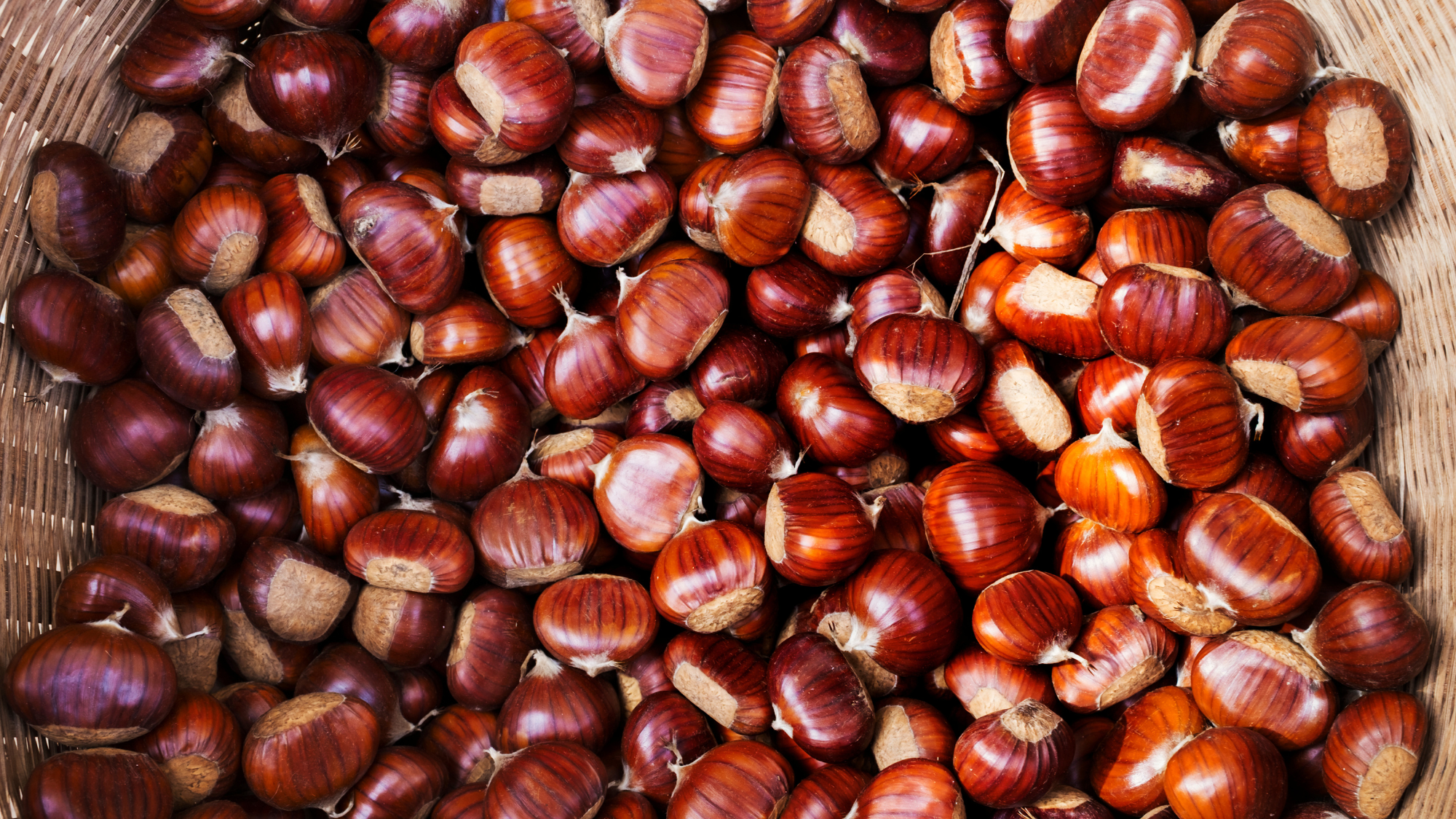Flavors of Europe: From the Iberian Peninsula to the Black Sea
Portugal: Storybook Sintra; Denmark: An unlikely foodie hub; Italy: Touring the land of truffles; Georgia: A resort rediscovered
Portugal: Storybook Sintra
Once an escape for kings and aristocrats, Sintra, Portugal, is a “magical” place, said Bill Reed in The Philadelphia Inquirer. Less than 20 miles from Lisbon, this town on Europe’s edge is distinguished by its great variety of storybook-like buildings. Quinta da la Regaleira—an early-20th-century estate built by an eccentric known as “Monteiro the Millionaire”—features a fairy-tale-style palace complete with medieval turrets and “serpentine” garden paths. Nearby, the eighth-century Sintra National Palace, a royal hunting retreat for some five centuries, features lavish rooms whose “breathtaking ceilings” tell plenty of colorful tales themselves. Sidewalk cafes dot Sintra’s narrow cobblestone streets, where it’s no surprise to happen upon a 40,000-piece toy museum. From the ramparts of the ninth-century Castle of the Moors, you might see Lisbon on a clear day, but you can always soak in the “romantic, timeless land” that is Sintra. Visitportugal.com
Denmark: An unlikely foodie hub
The Week
Escape your echo chamber. Get the facts behind the news, plus analysis from multiple perspectives.

Sign up for The Week's Free Newsletters
From our morning news briefing to a weekly Good News Newsletter, get the best of The Week delivered directly to your inbox.
From our morning news briefing to a weekly Good News Newsletter, get the best of The Week delivered directly to your inbox.
Denmark’s charming capital has become an “unlikely culinary mecca,” said Betty Hallock in the Los Angeles Times. A “cadre of pioneering chefs” who are redefining Danish food are attracting gourmands from all over the world. The so-called New Nordic Cuisine embraces long-ignored local ingredients such as birch sap and puffin eggs, while putting modern twists on traditional techniques. The delicious effects of the craze can be sampled across Copenhagen at tiny eateries in such emerging neighborhoods as Norrebo and Vesterbro. But the movement’s “bastion” is Noma. Helmed by chef René Redzepi and housed in an 18th-century waterfront building in the old Christianshavn quarter, Noma was named the world’s best restaurant earlier this year by Restaurant Magazine. Foodies now come from near and far to taste such inventive dishes as live Nordic shrimp served with a brown butter emulsion. (Don’t worry, “they stop squirming when you start chewing.”) Nearby, at the palatial Nimb Hotel, chef Thomas Herman offers a modern interpretation of the traditional dish “Burning Love” by stuffing creamy potatoes, onion, and bacon into an aebleskiver, a popover-like sphere that he dusts with vinegar powder and serves with pickled cucumber marmalade. Even Copenhagen’s street food has evolved. At some street carts, a polser—“the Danish version of a hot dog”—is now an organic sausage served on “a sourdough roll made with whole wheat, rye, and linseed.” Visitcopenhagen.com/tourist/news/news/culinary_city_walk
Italy: Touring the land of truffles
Northern Italy’s Piedmont region is one of the best places in the world for a driving tour, said National Geographic Traveler. Tucked between the French and Swiss Alps, it’s a land of rolling hills, “single-estate vineyards, and medieval hilltop villages” that all welcome passers-through. The region’s Langhe Valley is famous both for its robust wines and “the world’s finest truffles.” Near “red-roofed” Alba, the valley’s pocket-size capital city, these “white diamonds” bring in as much as $15,000 a pound when they’re dug up each fall. You can savor a white truffle risotto at the Alba restaurant Dulcis Vitis or sample the pungent mushrooms at the city’s annual International White Truffle Fair. In Barolo, which gives its name to Piedmont’s most famous wine, you can tour the historic Marchesi di Barolo wine cellars. Just don’t leave without visiting Castello Falletti, a 10th-century castle that’s now home to both an innovative museum of viniculture and one of several regional cellars that allow you to sample wines from scores of area wine producers. Thelanghe.com
Georgia: A resort rediscovered
A free daily email with the biggest news stories of the day – and the best features from TheWeek.com
The seaside city of Batumi, Georgia, is “undergoing a frenzied face-lift,” said Dinah Spritzer in The New York Times. In the 1890s, the “thriving port” situated just 12 miles from the Turkish border was “a playground” for Europe’s affluent, including Rothschilds and Nobels. Then came years of decline under Communism, which turned Batumi into a decrepit resort where, even earlier this decade, “water and electricity were sporadic.” With those issues resolved, Batumi has set its sights on restoring its sparkle. The city has renovated dozens of the Old Town’s 19th-century buildings, opened three “Monte Carlo–inspired casinos,” and welcomed its first international brand hotel—a “majestic,” $80 million Sheraton tower modeled after the lighthouse of ancient Alexandria, Egypt. The city has just begun to draw Western visitors, some attracted by a world-class botanical garden, some by an emergent club scene. On many nights, most can be found roaming a broad seaside promenade. “Strolling lovers and giggling families” crowd the “palm-tree-lined” walkway, which features a Ferris wheel, electric-light art, and a large fountain whose “colored streams leap to techno beats.” Visitadjara.com
-
 Four Seasons Seoul: a fascinating blend of old and new in South Korea
Four Seasons Seoul: a fascinating blend of old and new in South KoreaThe Week Recommends Located right in the heart of the action, this classy hotel is the perfect base to explore the capital
-
 How to make the most of chestnuts
How to make the most of chestnutsThe Week Recommends These versatile nuts have way more to offer than Nat King Cole ever let on
-
 Deaths for children under 5 have gone up for the first time this century
Deaths for children under 5 have gone up for the first time this centuryUnder the radar Poor funding is the culprit